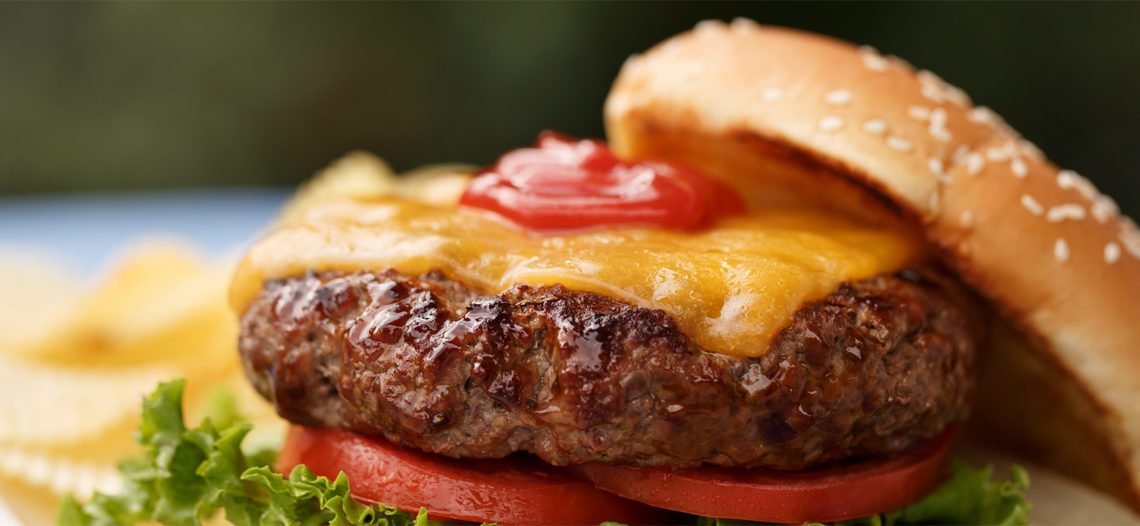Burger Franchises: An Incredible Story




Burger Franchises: An Incredible Story
The hamburger industry has always been one of the preeminent market segments in the restaurant category and in many ways dominated the franchise industry. But where did this delicious patty of beef originate from and how did it become such a staple in the global diet? Well, it turns out that industrialization didn’t just cause global warming, it also was center of the confluence of events that caused excellent things to happen such as hot dogs and hamburgers. Apparently, burgers can be traced back to Genghis Khan and certainly hundreds of years ago in Europe. Meats consisted of everything from beef to horses and the burger was consumed primarily as a means of convenience for traveling armies and other groups in need of food on the move. With the growing needs of society in the working middle class, quick, easy foods were high in demand that could be supplied to the masses affordably. Although the burger was consumed for years prior to the famous sandwich version we all know, it was the Americans who introduced what became famous in packing meat in between a bun to launch the official hamburger. The name Hamburger was developed by German immigrants from the city of Hamburg who had utilized a beefsteak recipe and an industry was launched. During the early years, burgers were looked to as a food item of convenience to get protein and calories quick and easy while on the move.
Automobiles were brought mainstream in the early 1900’s as well and the fast food restaurant was born. Like many industries, when something is new and innovative, there was not as much attention on quality or value, it was more important for restaurants just to open. Greasy spoons opened up across the U.S. in towns that had never seen restaurants before, but now were greeted with quick-serve restaurants that many times centered their menus around burgers. Again, like many industries, when there is competition, certain businesses found ways to compete more efficiently for more market share. The first to step forward in the hamburger market was White Castle. The first location opened in 196 in Wichita Kansas showcasing grills and other state of the art equipment for a burger restaurant at the time. People came to know what a hamburger was and expect more of the places they ate, by 1930, White Castle had over 100 locations opened throughout the Midwestern U.S. By 1940, the Mcdonald’s brothers opened the first location of what would eventually be 35,000 locations of global hamburger franchise domination. Burger King, Wendy’s, Hardee’s, Jack in the Box and a variety of other hamburger franchise brands experienced wide spread success up through the 1990’s. For the most part, the industry was driven by price, speed of service and value, the average customer was not concerned with the quality of the product. Throughout time in the U.S., burgers became a permanent staple for everything from backyard barbeques to dining establishments.
In the early 2000’s, the burger market began to transition to a new industry standard. People started to look more at the nutritional aspects of what they were consuming and began to demand more quality of their food. Burgers were the primary target as people demanded better quality and less “fast food” mentality from the brands and franchises that served them. With this change in consumer demand came the transition for burgers to get more into high quality, specialty burger offerings. The burger market began to differentiate and offer a wider selection and deeper menu to customers. This many times drove pricing up on the average burger, but the customer was willing to pay for it. This transition gave way to larger, nicer and more traditional “sit down” restaurant locations with brands such as Culver’s, Farmer Boys and Wayback Burgers. The push for quality drove traditional burger franchise brands to evolve their menus and offer greater value to customers. Wendy’s, Burger King and McDonald’s all introduced higher quality food products and menu items. As the burger market eclipsed 2010, the industry was in a full transition to higher quality as the focus. Customers routinely expect to pay $10 or more for a good burger and expect there to be an experience associated with the meal as opposed to being handed a bag of food through a window. Extreme high end burger offerings began to show up such as Slater’s 50/50, Burger Fi,, Burger Nation, The Counter, NN Burger, Buddy’s Burgers and others who focused on offering a specialty product that the customer was happy to pay for.
The end result of the story is that all industries go through evolutions and industry trends. Franchise Marketing Systems’ Vice President, Alan George has put it best, “Consumer sentiment can be a fickle thing and if a brand isn’t willing to adjust and adapt to the market, they can be in big trouble quickly. The Burger market is a great example, the days of extreme low quality and only an emphasis on speed are gone, now the burger franchise is forced to offer higher quality and consistency as part of their restaurant franchise.” It is quite possible that the burger market will transition back to focusing on speed of service and low price, but right now, customers are asking for something different. The burger brands that have been able to compete and grow have understood consumer trends, tracked customer demands and created offerings that meet the customer’s interests. All businesses must evolve and adapt to stay relevant, even in an industry as consistently in demand as hamburgers.
Christopher Conner
President
Franchise Marketing Systems
